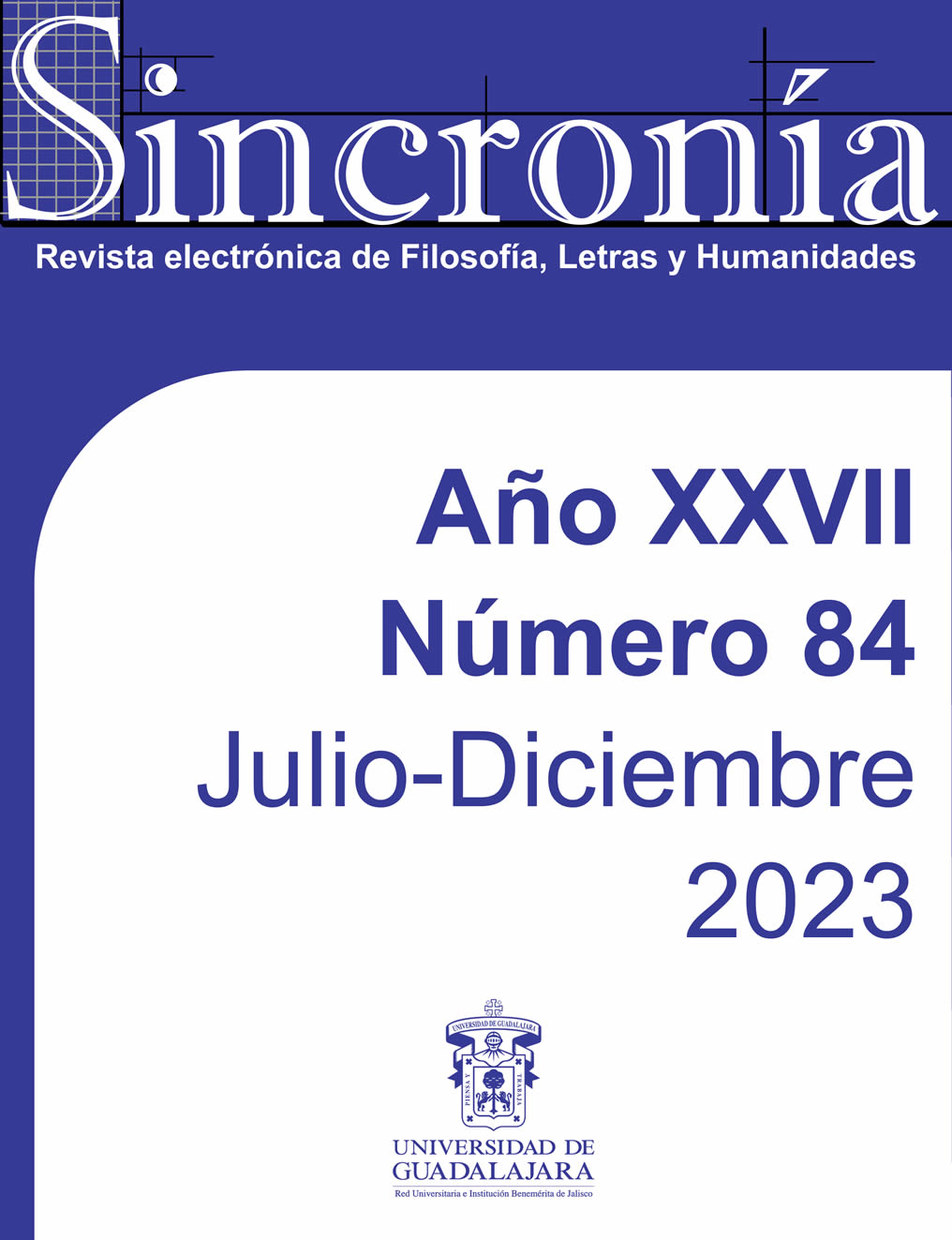Migrant caravans on the southern Mexican border: the social reconfiguration of Tapachula through its migrations.
Keywords:
Migration, Migrant caravans, Southern border, MulticulturalismAbstract
The migratory phenomenon represents for Tapachula a fundamental element for the construction of the collective identity of the entire border region. The arrival of the first German and Japanese migrant groups in Soconusco allowed the insertion of significant cultural artifacts to give direction to the area's multicultural configuration. Specifically, the coffee boom triggered the interest of more migrant groups to settle in the Soconusco region. In the present work we explore the influence of historical and contemporary migrations in the social configuration of Tapachula. On the one hand, the migrant history is presented through an anthropological perspective that narrates the arrival and social insertion of the migrant groups: German, Japanese and Chinese; on the other hand, through exhaustive ethnographic work, we explore contemporary migrant caravans that have brought with them new social actors who also carry languages and sociocultural practices that foster a social configuration inclined towards multiculturalism. Finally, in the present work the findings found throughout the last 3 years are established where, from our perspective, the new social actors make visible the multicultural characteristics fostered by the massive population displacement of the migrant caravans.
Downloads
Downloads
Published
Versions
- 2025-08-22 (2)
- 2023-06-28 (1)
How to Cite
Issue
Section
License
Copyright (c) 2023 Alberto Jorge Fong Ochoa

This work is licensed under a Creative Commons Attribution-NonCommercial 4.0 International License.
You are free to:
- Share — copy and redistribute the material in any medium or format
- Adapt — remix, transform, and build upon the material
- The licensor cannot revoke these freedoms as long as you follow the license terms.
Under the following terms:
- Attribution — You must give appropriate credit , provide a link to the license, and indicate if changes were made . You may do so in any reasonable manner, but not in any way that suggests the licensor endorses you or your use.
- NonCommercial — You may not use the material for commercial purposes .
- No additional restrictions — You may not apply legal terms or technological measures that legally restrict others from doing anything the license permits.

























